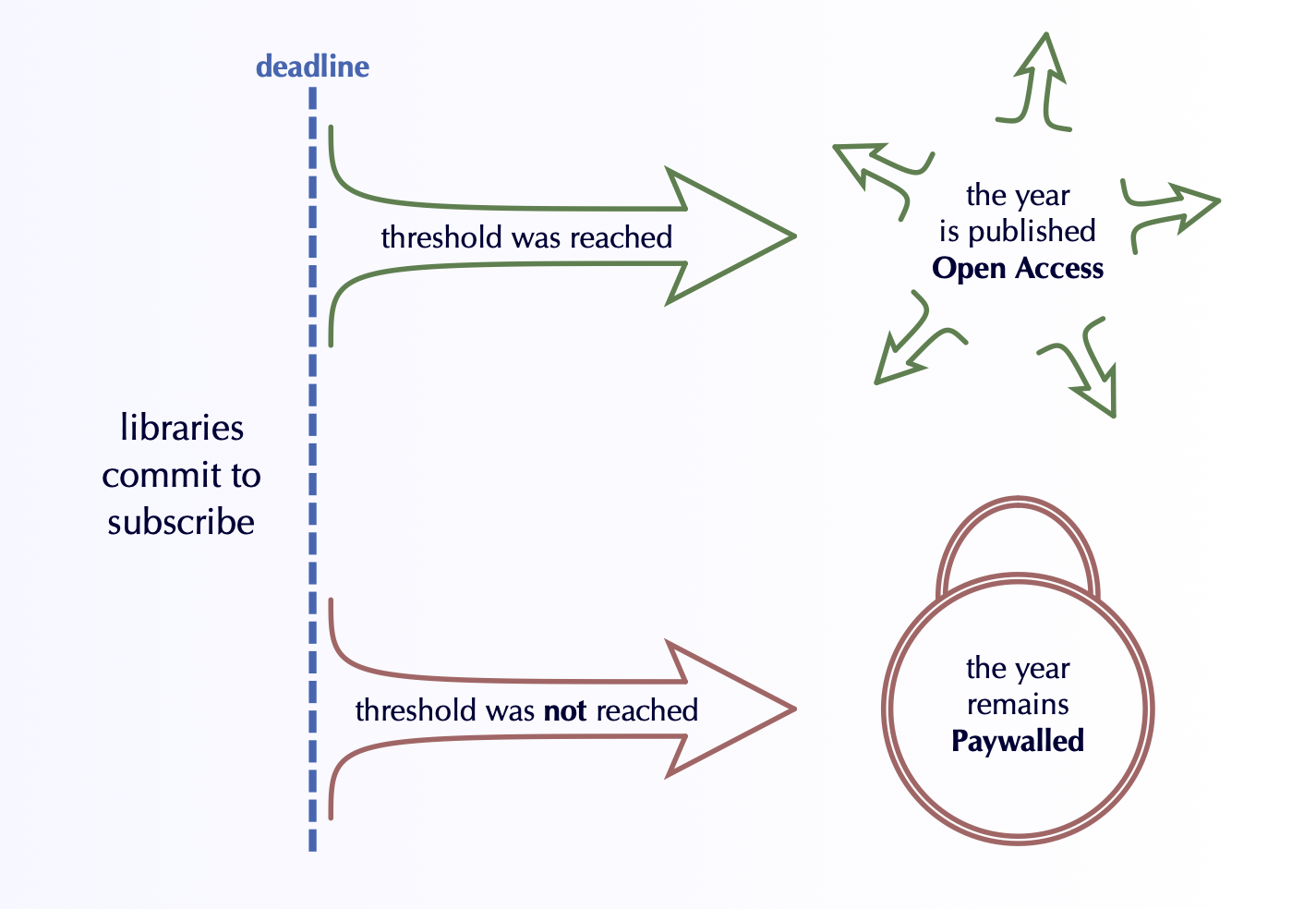Subscribe to Open
Our five most-established journals switched to S2O

Thanks to renewed subscriptions and, in turn, the support of the mathematical community, we are happy to announce that all 2024 articles in our Subscribe to Open program will be published open access — free to be read by everyone and with no author charges.
This program includes our five most established publications, namely:
- Geometry & Topology,
- Algebraic & Geometric Topology,
- Algebra & Number Theory,
- Analysis & PDE, and
- Pacific Journal of Mathematics.
The continuing success of our S2O program is encouraging for a transition to open access through models that do not create financial barriers for authors, nor cut away careful copyediting and typesetting. We’re excited that this program will enable us to further our mission: to serve the math community through high-quality publishing, by and for mathematicians, and help others do the same.
We’re looking forward to continued community participation and subscription support in the years to come, to make it possible that future years’ content will also be published open access.
Frequently asked questions
Structure of our publishing costs
Open math through S2O: an EDPS + EMS + MSP common webpage
What is Subscribe to Open?
Subscribe to Open (S2O) is a pragmatic and ethical approach for converting subscription journals to open access (OA; free and immediate online access to research articles), one year at a time and without relying on either author charges (APCs) or exclusively on altruism.
S2O relies on the support of the community, and uses the libraries’ existing processes for acquiring subscriptions. Libraries are invited to commit to subscribe or renew their subscription before a deadline early in the calendar year. For articles to be published in 2024, this deadline is 15 February 2024.
- If support is sufficient, then that year’s articles will be published open access under a Creative Commons license.
- If support is insufficient, then the paywall is retained, as for a traditional subscription. Further, late subscribers who had not committed to participate will now be charged a higher price.

The only way for an institution to be guaranteed uninterrupted access and the best price is to participate (and commit before the deadline). All paying subscribers will enjoy permanent access to that year’s articles, one-year access to the journal’s entire backlist, and access to usage statistics. S2O is a subscription model, not a voluntary donation. It funds a public good (open access to articles) by using each institution’s pursuit of its own interests.
The offer will be repeated every year, with the opening of each year’s content dependent on sufficient participation for that year.
We will expect almost full renewal of our subscriptions. If even a few current subscribers do not renew, it is likely that we will not be able to make that year open access.
S2O is considered a transformative agreement, satisfies most funders’ open-access requirements, and has been endorsed by a number of open-access organizations, including cOAlition S (see below).
Frequently asked questions
Visit this page for frequently asked questions about S2O. In particular:
Question: With S2O, we don’t know very far in advance whether content will be open-access or not. Doesn’t this create uncertainty for authors?
MSP’s policies have long been as relaxed and open-friendly as possible. Even if the S2O target is not met and your article cannot be published open access, our policies will still allow you to satisfy most open-access mandates through the alternative, Green OA route. MSP authors are welcomed to retain copyright, to deposit their work in open-access repositories, etc. For more about our policies for authors, please visit this page.
Other resources
- S2O Community of Practice
https://subscribetoopencommunity.org - R. Crow, R. Gallagher & K. Naim: “Subscribe to Open: A practical approach for converting subscription journals to open access”, Learned Publishing 33 (2019)
https://doi.org/10.1002/leap.1262 - C. Brundy & G. Steel: “Subscribe to progress: Advancing equity through openness”, Commonplace 1 (2021)
https://doi.org/10.21428/6ffd8432.20811f1e - SPARC: “Equity is at heart of Subscribe to Open model” (2021)
https://sparcopen.org/news/2021/equity-is-at-heart-of-subscribe-to-open-model/ - Endorsement of S2O by
ALPSP,
cOAlition S,
CRL,
ESAC,
JISC,
LYRASIS,
OA2020
https://www.coalition-s.org/enabling-smaller-independent-publishers-to-participate-in-open-access-transformative-arrangements-a-commitment-from-key-stakeholders/